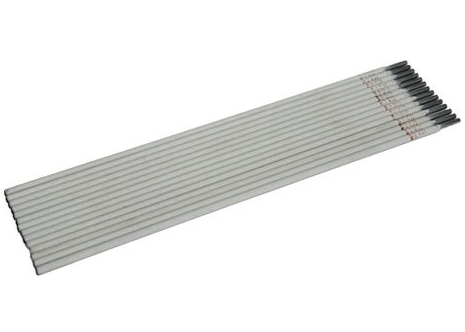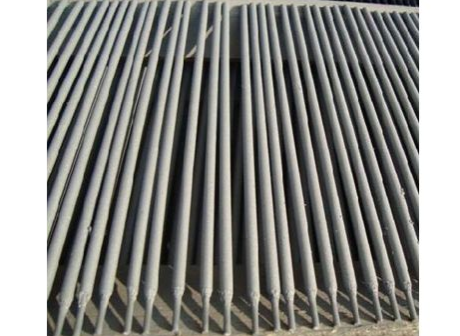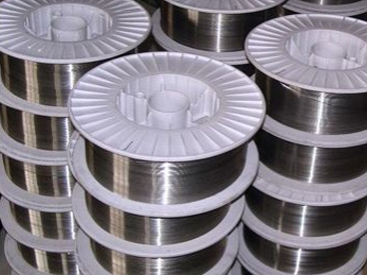The American Welding Society (AWS) specifications, although not always easy to understand, provide filler metal manufacturers with valuable information to guide the production of their wire and electrodes.
They specify the mechanical and chemical property requirements that filler metals must meet in order to conform to a given classification. The welding professionals on the AWS committee that oversees the development of these specifications take great care to set standards that provide rigorous quality for welding most base metals. This, in turn, gives you the confidence to use the product in your welding procedures.
The updated specification, A5.36/A5.36M:2016 Specification for Carbon and Low Alloy Steel Flux Cored Electrodes for Flux Cored Arc Weldings and Metal Cored Electrodes for Gas Metal Arc Weldings, combines the other four AWS specifications and is gaining some issues. It combines.

AWS A5.1 E6011
A5.20/A5.20M:2005 Carbon steel electrodes for flux cored arc welding
A5.29/A5.29M:2010 Specification for low alloy steel electrodes for flux cored wire arc welding
A5.18/A5.18M:2017 Specification for carbon steel welding rods and electrodes for gas-shielded arc welding
A5.28/A5.28M:2005 Specification for low-alloy steel welding electrodes and electrodes for gas-shielded arc welding
So why was the A5.36 Code developed? What does it mean for you?
A5.36 Open versus fixed classifications
Traditionally, AWS specifies a fixed classification for filler metals. This means that a wire or electrode cannot be classified as providing any mechanical properties other than those already identified in that classification. The only other option is a designation that allows the filler metal manufacturer to classify products with additional mechanical properties; however, these options are limited.
For example, if a wire must meet a Charpy V-notch (CVN) impact toughness of 20 ft-lb . at -20 degrees Fahrenheit (or 20 ft-lb. at -40 degrees F plus the J designator), then the filler metal manufacturer can only classify it as such - even if changing the protective gas would improve its impact performance or the product is simply capable of achieving better performance.

AWS A5.1 E6010
In contrast, A5.36 is an open classification for carbon and low alloy flux cored wire and metal cored wire, allowing products to be additionally classified according to tests to indicate mechanical properties and availability. It has been designed with two main advantages in mind.
1) Creating flexibility in the classification of filler metals to meet a wider range of applications and market requirements. The advent of new base metal alloys requires welding wires and electrodes that can meet the changing mechanical requirements of the material - for example, higher strength and higher impact toughness. This classification offers a wider choice of filler metal options for these applications.
2) Better define the performance of existing products. Manufacturers of filler metals can demonstrate the full range of mechanical properties that a product can offer once it has been confirmed through testing. In the previous example, the product may also provide a 20 ft. lb. impact. -50 degrees Fahrenheit under A5.36.

Flux Cored Wire Gas-shielded
1) Introduction of new wire and electrode types for more applications In short, the A5.36 specification allows for
2) The use of a wider selection of shielding gases
3) greater choice of filler metal strength grades
4) more flexibility in impact properties
5) more flexibility in heat treatment conditions (e.g. welding or post-weld heat treatment)
Please note that the introduction of the A5.36 specification does not preclude the continuation of A5.20, A5.29, A5.18 or A5.28. These are popular specifications that are widely written into welding procedures and will continue to be used.








